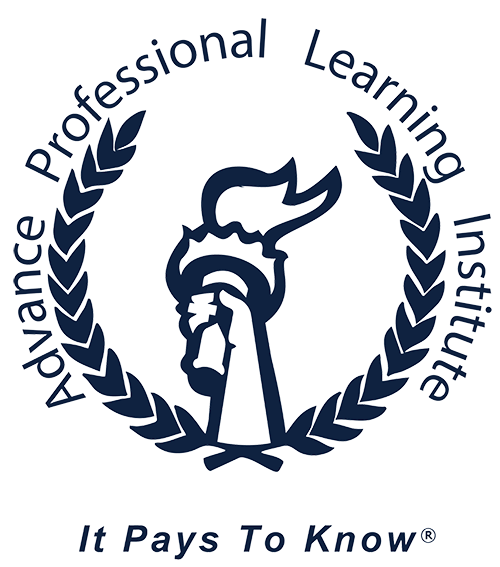 ONLINE REPORT CARD: F
ONLINE REPORT CARD: F
[0608 2020]
Online “learning” just wrapped up its first multi-state, nationwide test.
Report cards are in, from across the country.
Lots of people will be burning them out by the mailbox, before anyone gets to see them.
The grade? F. F. D-. And F again. Across the board.
“America’s Grand Experiment in Remote Learning Fails,” The Wall Street Journal headlined in its June summary of research results.
That neatly sums it up.
So we can gladly report that the Kentucky Board of Home Inspectors (KBHI) got this one right.
If the point of CE is to actually learn, online fails. Not just a wee bit Miserably.
After tens of millions of dollars invested in online classes for tens of millions of students, K-12 through college and professional degrees, the results showed learning and achievement so low that many schools are treating it as a lost year.
Covid-19 closed face-to-face classes overnight. Colleges, public schools, private schools, and professional CE providers all canceled live, in-person classes at once, under Covid-19 Stay At Home (SAH) and “distancing” orders. Over 50 million K-12 students, and nearly all colleges, and professional schools switched to online for 2020. That’s the largest natural trial in history.
You could not buy a better, broader real life test. The results were consistent, across regions and educational levels.
“Virus Closures Leave Students Falling Behind,” headlined The New York Times in its review, about the same time as The Wall Street Journal summary. There was more, but you get the drift.
The lessons were basic – so basic that many take-aways are no real surprise.
But there was one surprising exception. Almost 10 million students have no internet connection, and Kentucky was a leader in that group. Kentucky was one of the top five states with the highest percentage (26%+) of unconnected students, who could not go online if they wanted to, The WSJ reported. (PLI discovered this over three years ago when we began working on digital classes. Turned out that around 20% of Kentucky homes were still on copper wires, and another 20% only had the old dial-up connections. Shocker. It’s gotten better but only a little. Still today, over 1 of every 5 homes in Kentucky have no internet, either by cell phone or at home.)
Otherwise, highlights include:
- Taking attendance was undependable for remote classes. So some schools had parents call in to vouch for the student logged in. Others just gave up. No real shocker here. Confirming attendance online always has been a problem. (Our granddaughter signed in for several inspectors in NACHI courses in a test, for instance.)
- Learning came close to zero for many, and down 1/3 and 7/12 on average. (The spread depended on the program.) Most K-12 students “will have fallen behind …with some losing the equivalent of a full school year’s worth of academic gains” by September, new research in The New York Times found. That’s not just spectacularly dismal. It’s stunning. Spend a year in “school” online and end up back where you started. Net zero. Reminds of us of trying to learning Spanish from a TV set back when.
- Dropout rates increased. Of course, if class is prepaid, dropout tuition drops straight to the bottom line. What’s not to like? Unless you’re the student. Or trying to claim this “protects the public.” Providers have got to love licensing boards that set up windfalls like that. For providers, online drastically lowers costs of reproduction (no room rental or live teacher – like the difference between a movie and theater with live actors). Now it also raises profits with dropouts. Oddly, it hardly makes a dent in prices. What a deal, uh, or steal.
The attractions of online courses for schools have been obvious for years. Profits for downloads or discs are way higher than for live, in-person classes. What economists call the “cost of reproduction” is nearly zero. Think of it like the difference between the cost of a plastic CD (about 13 cents) versus the const of a live concert, every time you want to hear a song. Make that CD a download, and the cost of adding one more student approaches zero. Profit margins explode.
So download sellers make a bundle, compared to live. But the proof is in the pudding. There is practically no food for the brain for buyers.
Reminds us of our high school French class on TV in the auditorium. Never did learn French.
